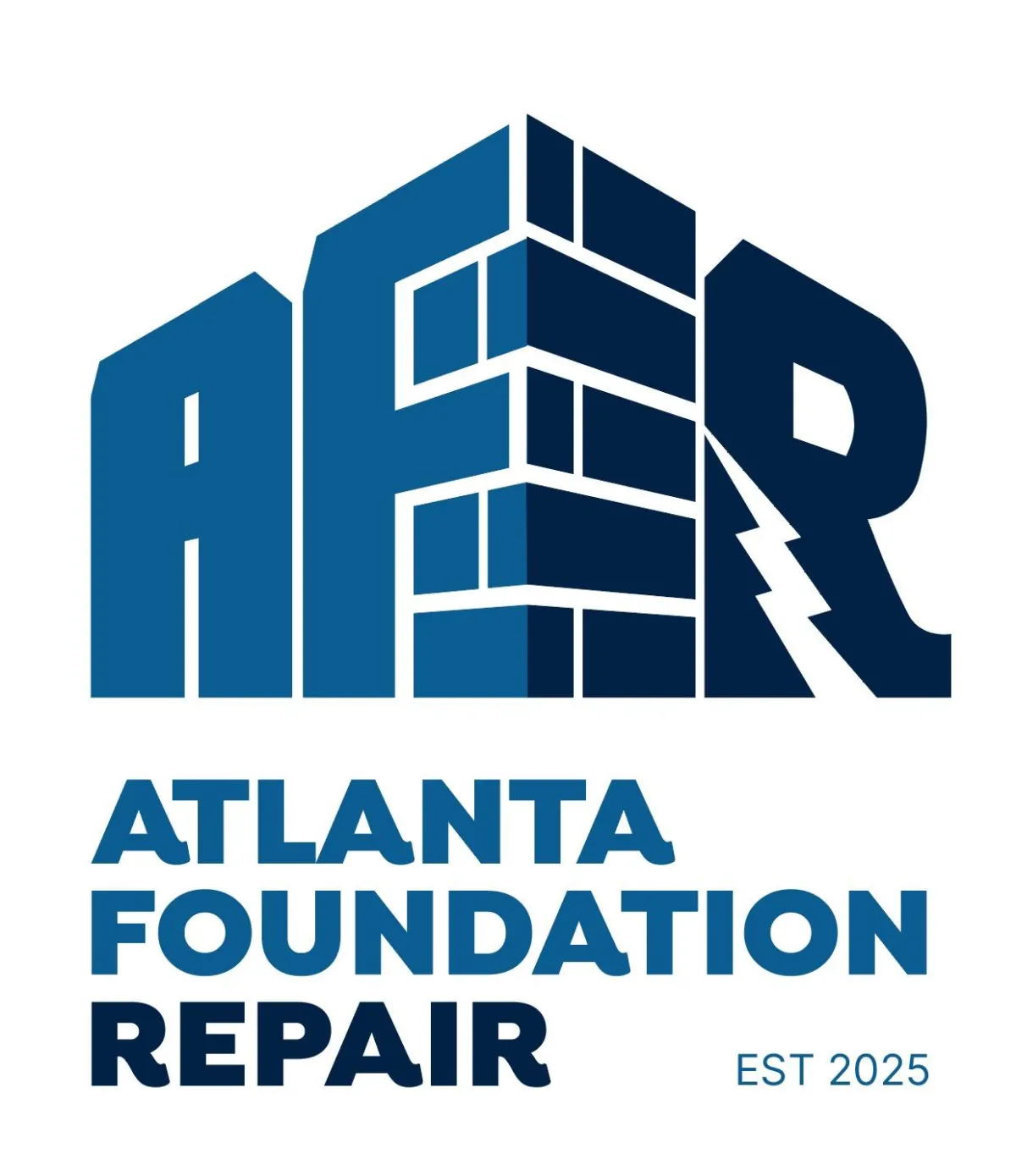Atlanta, GA
Sagging or Uneven Floors in Atlanta, GA
How Sagging or Uneven Floors Develop
Sagging or uneven floors occur when the system supporting the floor—joists, beams, and posts—can no longer carry the load evenly. The floor may dip, slope, feel bouncy, or sit at different heights from room to room. This is often the result of long-term moisture exposure, soil movement under supports, or simply aging structural components that were never designed for modern loads.
Underlying Causes of Floor Irregularities
A floor doesn’t become uneven overnight. It usually reflects several problems working together: weakened wood, shifting supports, and changing conditions beneath the house. Understanding these causes helps explain why the symptoms can show up in many different parts of the home.

Moisture Damage to Structural Wood
High humidity, leaks, or damp crawlspaces and basements cause wood beams and joists to swell, warp, and eventually rot. As they lose stiffness, they begin to deflect more under the same load, creating dips and bounces in the floor surface.

Shifting or Settling Soil Beneath Supports
Many homes rely on piers or posts resting on soil. When that soil settles, shrinks, or erodes, the posts drop or tilt, and the support system under the floor moves. This leads to sloping floors and misaligned framing.

Aging Beams and Joists
In older homes, original structural members may have dried, cracked, or been overloaded over time. Even if they’re not rotten, decades of use can cause sagging or deflection that didn’t exist originally.

Insufficient or Incorrect Support Layout
Sometimes, the original design didn’t include enough support posts or used undersized beams or joists for the span. When spans are too long, the floor naturally sags in the middle, especially when carrying modern furniture, appliances, and finishes.

Cracked, Rotten, or Modified Joists
Cut joists for plumbing, HVAC, or past renovations can weaken the structure. Joists that are cracked, partially cut, or notched in the wrong places lose strength and allow floors to dip.

Termite or Pest Damage
Termites, carpenter ants, and other wood-destroying insects can quietly hollow out beams and joists. The wood may look mostly intact on the outside but can no longer support normal loads, causing sudden or progressive sagging.
Signs You May Have Sagging or Uneven Floors
When floors are no longer properly supported, the evidence shows up throughout the home:
Floors that visibly slope toward one side of the room or toward interior walls
Low spots or “valleys” that you can feel when walking across a room
A bouncy or trampoline-like feeling when someone walks nearby
Furniture that doesn’t sit level or rocks on what should be a flat surface
Cracks forming in interior walls or ceilings, especially near doorways
Gaps between the floor and baseboards or trim pulling away from walls
Doors that swing open or closed on their own because the frame is out of level
Interior doors rubbing on the floor or frame and no longer latching smoothly
Tiles cracking or grout lines breaking in localized floor areas
Squeaking, creaking, or popping noises when walking across certain spots
Our Services
Helpful Links
Contact Information
Phone:
Business Hours:
Mon - Fri: 8:00 am - 5:00 pm
Sat - Sun : Closed
service areas
© 2025 All Rights Reserved | Atlanta Foundation Repair
